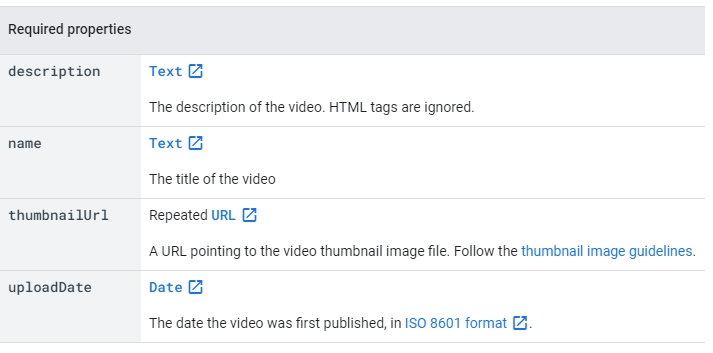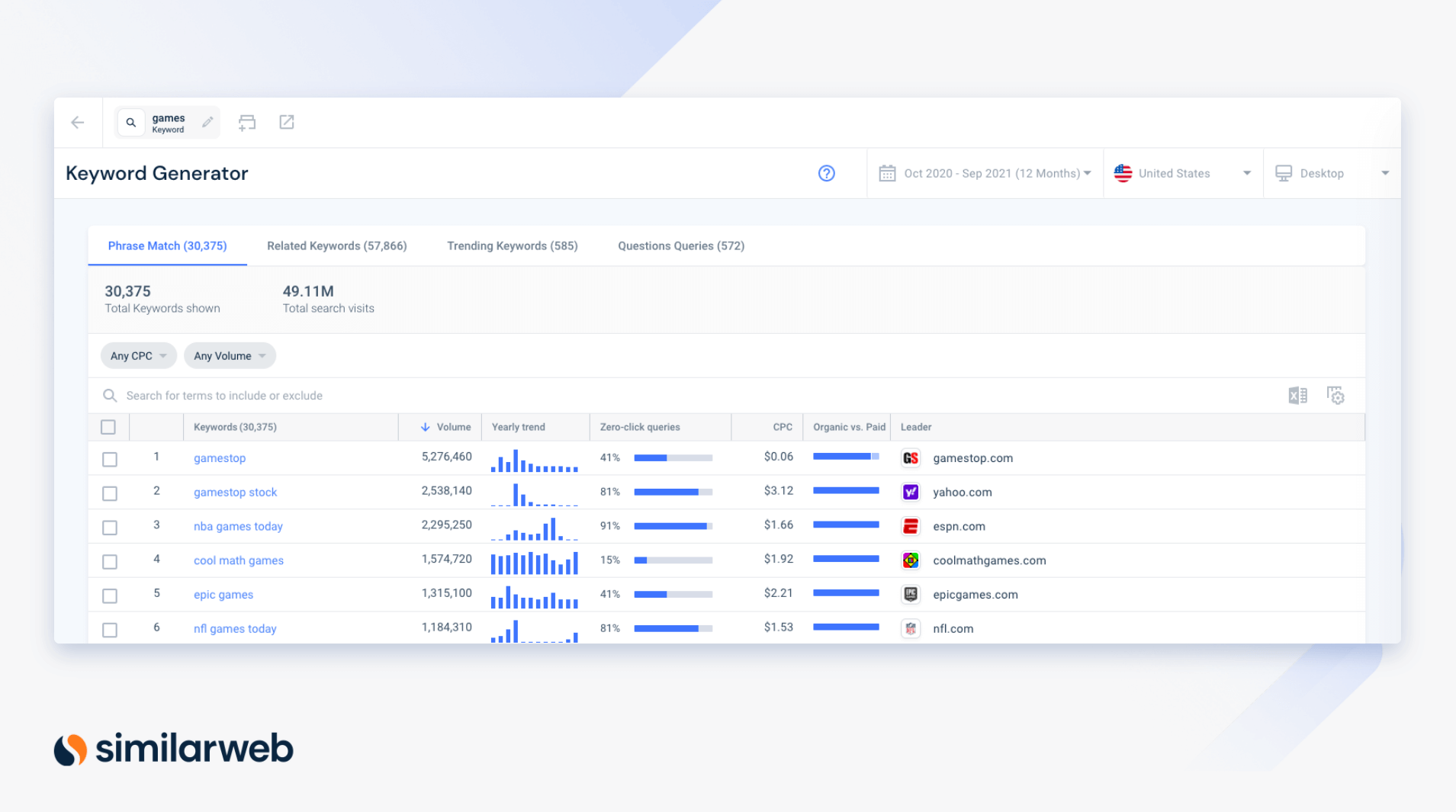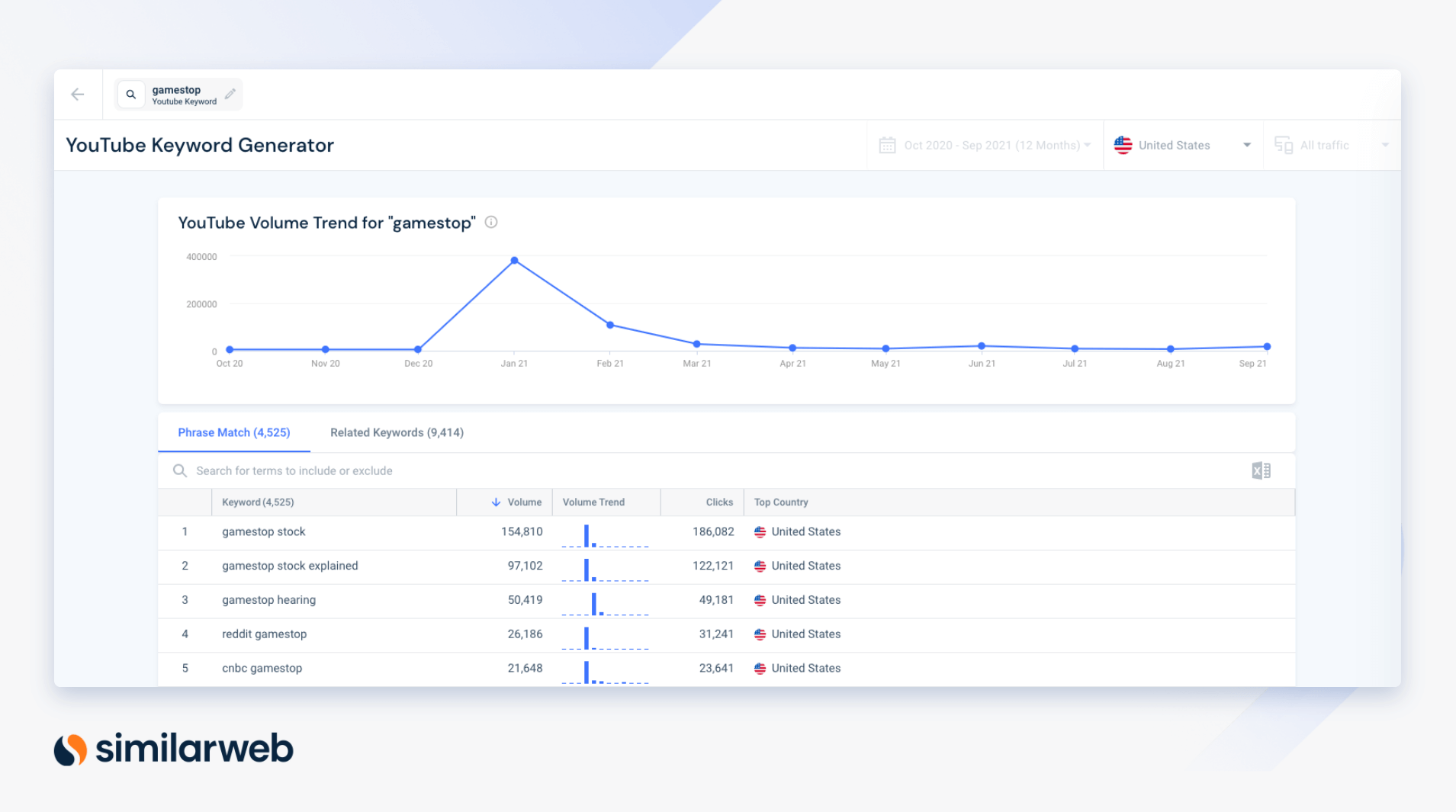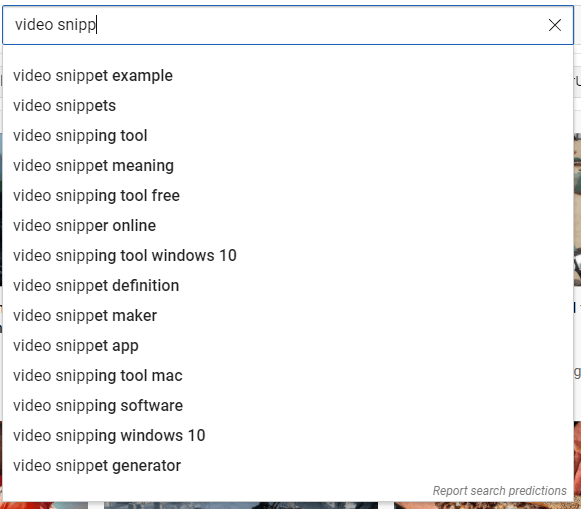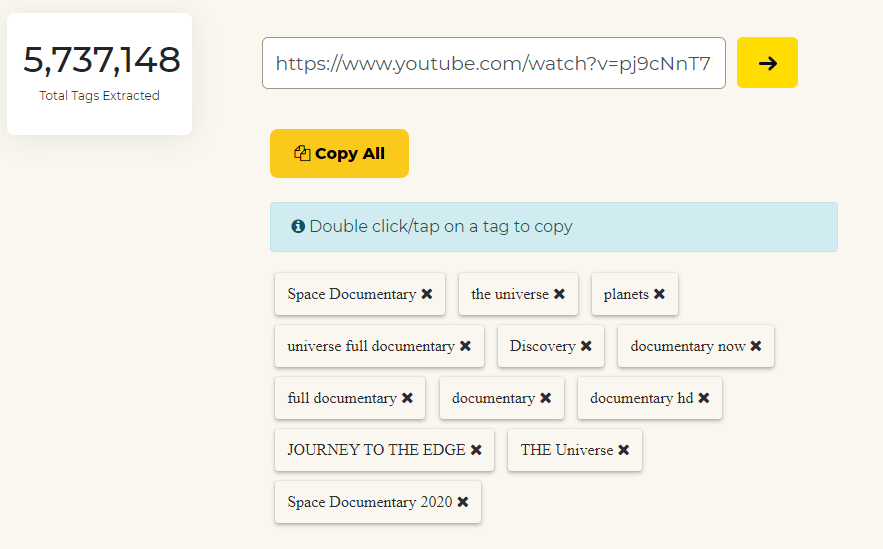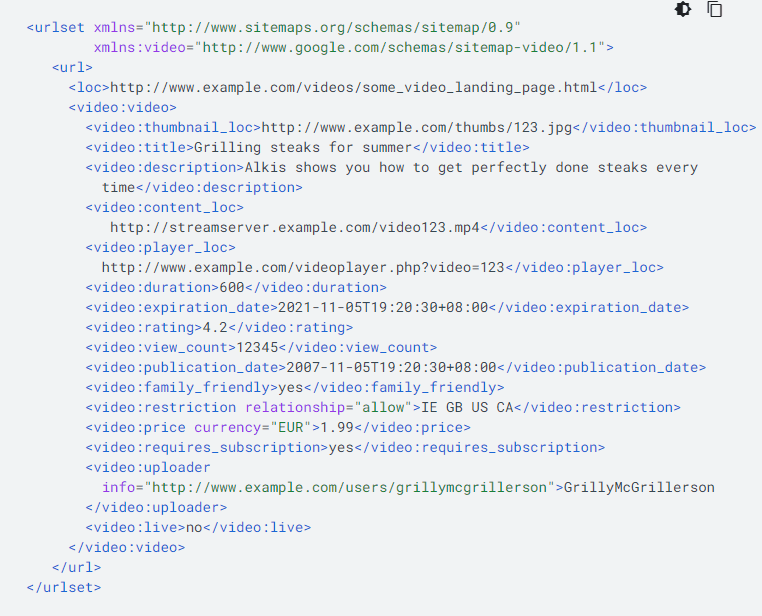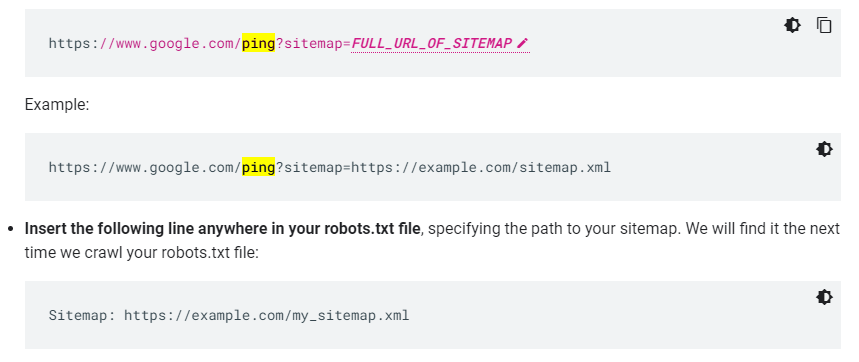Secrets to Video Snippets Success

By 2022, online video will make up more than 82% of all consumer internet traffic – that’s 15 times more than what it was in 2017.
As it stands, YouTube is the second most popular website after Google, accounting for 13.40% of all Internet search traffic, with many of its videos embedded directly into search results.
But as the wheel of content creation and consumption continues to spin, it becomes that much harder to stand out from the crowd.
There is a way: video search engine optimization (SEO).
By embedding your videos into rich snippets, or tiny pieces of metadata that show up under search results, you can stand out on search engine results pages (SERPs) – especially with a shiny new video attached.
Video rich snippets can be complex in nature, so I’ll start with the basics.
For more experienced content creators, I’ve sprinkled in several tips and tricks to help your video content shine online, plus a quick guide on:
- The basics of rich snippets
- Rich vs. featured snippets
- Video rich snippets and how to add them
- Optimizing your video rich snippets for search engines via keyword research tools
- Best practice tips to help you along the way
Whether you’re a rich snippet savant or it’s your first time on the rich snippet ship, this guide has something for everyone. Let’s dive in.
What are rich snippets?
Introduced by Google in 2009, rich snippets are a type of structured data markup that allows search engines to understand what information, including keywords, is on each web page.
As of 2016, Google supports the following types of snippets:
- Product information (price, reviews, and availability)
- Recipes
- Reviews of products or businesses (such as a store)
- Events
- Video thumbnails
- News article headlines, images, and publisher information
While the vast majority of Google’s regular snippets display the same three basic pieces of data – the title tag, meta description, and URL – rich snippets add valuable information. For example, a rich snippet for a cooking recipe would include the time it takes, the number of calories, and reviews from users.
For reference, here’s a snapshot of each:
Normal snippet:
Rich snippet:
Rich vs. featured snippets
Often referred to as “answer boxes,” featured snippets use content extracted from a web page and place it into a highlighted box occupying position zero (the first thing you see) on a search engine results page (SERP). They aim to answer your question in a way you can’t miss. As featured snippets meet the reader’s eye first, their click-through rate (CTR) is substantially higher than the results that follow.
Rich snippets, on the other hand, rely on structured data pulled from a web page’s HTML.
So, what is structured data?
Structured data is a standardized format that provides information about a web page or piece of content by adding classifications or tags. It’s often a piece of code or a phrase in a specific format.
Google’s algorithm and crawlers work hard to understand the contents of a page, and one way to help its crawlers is to provide clear clues about the meaning of the text through structured data.
However, not all structured data is supported by search engines, which is why you should use Schema.org. On Schema.org, you’ll find all the structured data markup supported by search engines in what is essentially a large repository for structured code.
You can use Schema.org to find the markup for your specific page and copy code examples to your website’s HTML editor. Of course, you’ll have to adjust the code to meet your specific requirements, but it provides a starting point for what you need.
So if you were to write cooking instructions in a structured format, you would write this:
Cooking time: 2 minutes
Calories: 120
Not this:
“…it will take 2 minutes to fry the eggs, with the entire meal consisting of 120 calories.”
The first option is a structured format and is far easier for Google to read, understand, and display as a rich snippet.
How you add structured data to form a snippet differs from format to format. The structured data markup for product information is completely different to that of a video (again, this is why you should refer to Schema.org).
Now that you’ve got your basics down, let’s move on to the main event: what video snippets are, how to add them, and how to optimize your videos to start ranking like a pro.
What is a video-rich snippet and how can you add one?
A video snippet is a special kind of snippet that allows videos to appear in organic search results through structured markup. You’re typically more likely to see a rich video snippet for search queries that include words like ‘review’ or ‘how to.’
For videos to be displayed in the correct format, you must provide Google with:
- a description of the video
- a thumbnail URL
- the upload date
- and the video’s duration
Doing so should get you something that looks like this YouTube video snippet:
To do the above, you need to implement the right structured data markup. The code for videos is Video0bject (full definition here), and you’ll want to use the following properties on the web page where your video lives:
Google defines key recommendations that could help videos appear as video snippets.
How can you optimize your video for Google rich snippets?
Kick off with keyword research
Before you start, the main thing to do is incorporate the most relevant keyword terms within your video snippets. If you’re hosting your content on YouTube, for example, you’ll want to do some YouTube keyword research to identify the best keyword terms.
In addition to using YouTube (either for autofill suggestions or to scrape videos for relevant keywords), there are a few other methods you can use:
With keyword ideas sourced from Google, Amazon, and YouTube data, you can find and use the best keywords to outrank the competition, earn high-quality web traffic, and improve conversion rates.
- YouTube Keywords
By maximizing the impact of your video content with added on-site YouTube data to the Keyword Generator, you can find the best keywords and topics to optimize your videos.
All you have to do is enter a term and get phrase-match plus related keywords, including on-site search volume, volume trend, clicks, and top country.
- Autofill suggestions
When you search for something on YouTube, it suggests certain keywords or topics for you, also known as the autofill or autocomplete feature. The great thing about it is that it only suggests popular keywords.
You can optimize your videos for these suggestions, provided that they’re relevant, or create new video content around them if you haven’t already.
- Scrape similar videos for tags
Another easy way to score keywords for your rich video snippets is to scrape tags from videos similar or related to yours (or your video ideas).
For example, using YouTube video tag extractor tools (many are available for free online) you can extract keywords and terms from videos. See below for an example:
Source: toolsbug.com/youtube-video-tag-extractor
Top tips to optimize your videos
- Include the keywords in your video title
As you would with a web page title, make sure that your video’s title includes your chosen keyword.
- Write a detailed video description
Your video description should clearly explain what the video is about and include your target keywords. If you’re hosting your video on YouTube, you can use up to 5,000 characters for the video description, but obviously, you want to sell your content in the first few lines, so keep it concise.
- Add links from the video to your website
What do you want viewers to do after they’ve viewed your video? Consider adding links as calls-to-action in your video description. It’s also worth stating in the video itself where you’d like viewers to go next.
- Upload your video using Schema.org markup
As mentioned above, you can transform your video into structured data using Schema markup. Depending on your content management system (CMS), you may have to do this manually through the HTML editor or create a module through a list of options (such as with WordPress). Find out more information about the markup code required with Schema.org, which touts plenty of coding templates and examples.
- Use a video XML sitemap
Video metadata can be added to an existing sitemap manually, but you can automate the process using websites like XML Sitemaps.
Example video sitemap from Google
A video sitemap is super beneficial for SEO purposes because it provides additional information about your video(s). Through a video sitemap, Google can find and understand the video content on your site, especially content that’s been added recently or might be difficult to discover using standard crawlers. Here are more guidelines, tag definitions, plus tips and tricks to start ranking for your videos.
- Submit your video sitemap to Google
After building your video XML sitemap, submit it to Google using the Sitemaps report.
Google doesn’t check a sitemap every time a site is crawled, only when it’s the first time that it’s been noticed or uploaded. As such, you need to inform (ping) Google that your sitemap has changed using Google’s Ping tool. You simply send a GET request from your browser by typing the following:
- Test your video snippet
If you’ve followed the steps thus far and submitted your video sitemap to Google (give it a few hours to a day), execute a standard Google search for your video using the exact title, and it should appear as a video snippet.
If not, make sure you’ve added your structured data markup and followed the instructions on Google and Schema.org. Check your code in your HTML editor and try again. If you still have issues, consider testing on a blank web page to see if it shows up when you submit your video sitemap to Google.
Video snippets – A new way to optimize your video content
Video snippets present a new way to reach your target audiences and send your content to the top of the SERPs. While video SEO can be a little tricky, (especially if you’re not already acquainted with HTML or data markup) it’s well worth doing if you regularly produce video content.
Once you get the hang of it, it’ll become second nature – not to mention especially rewarding when your video views spike and your content pushes to the #1 spot.
The #1 keyword research tool
Give it a try or talk to our marketing team — don’t worry, it’s free!




